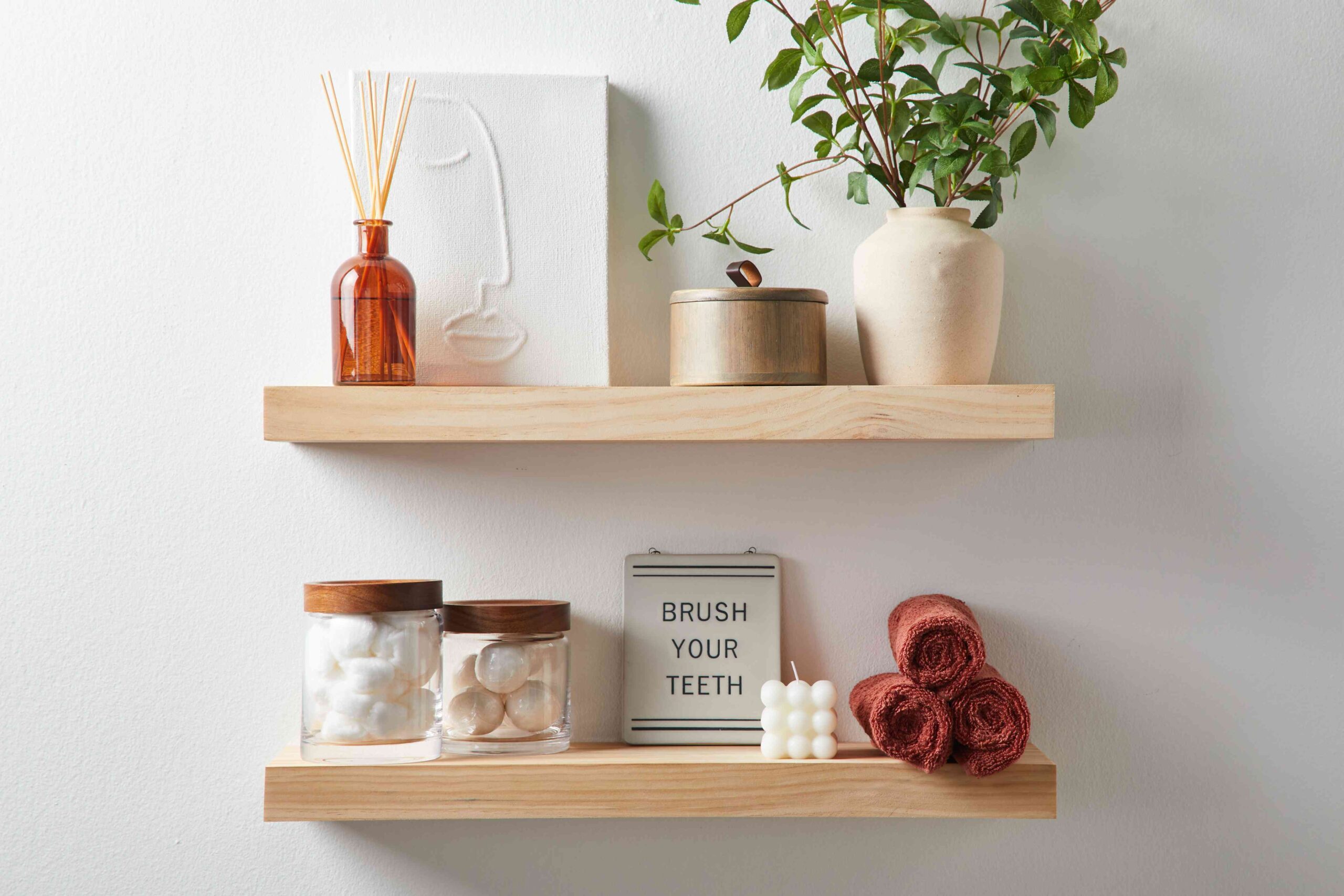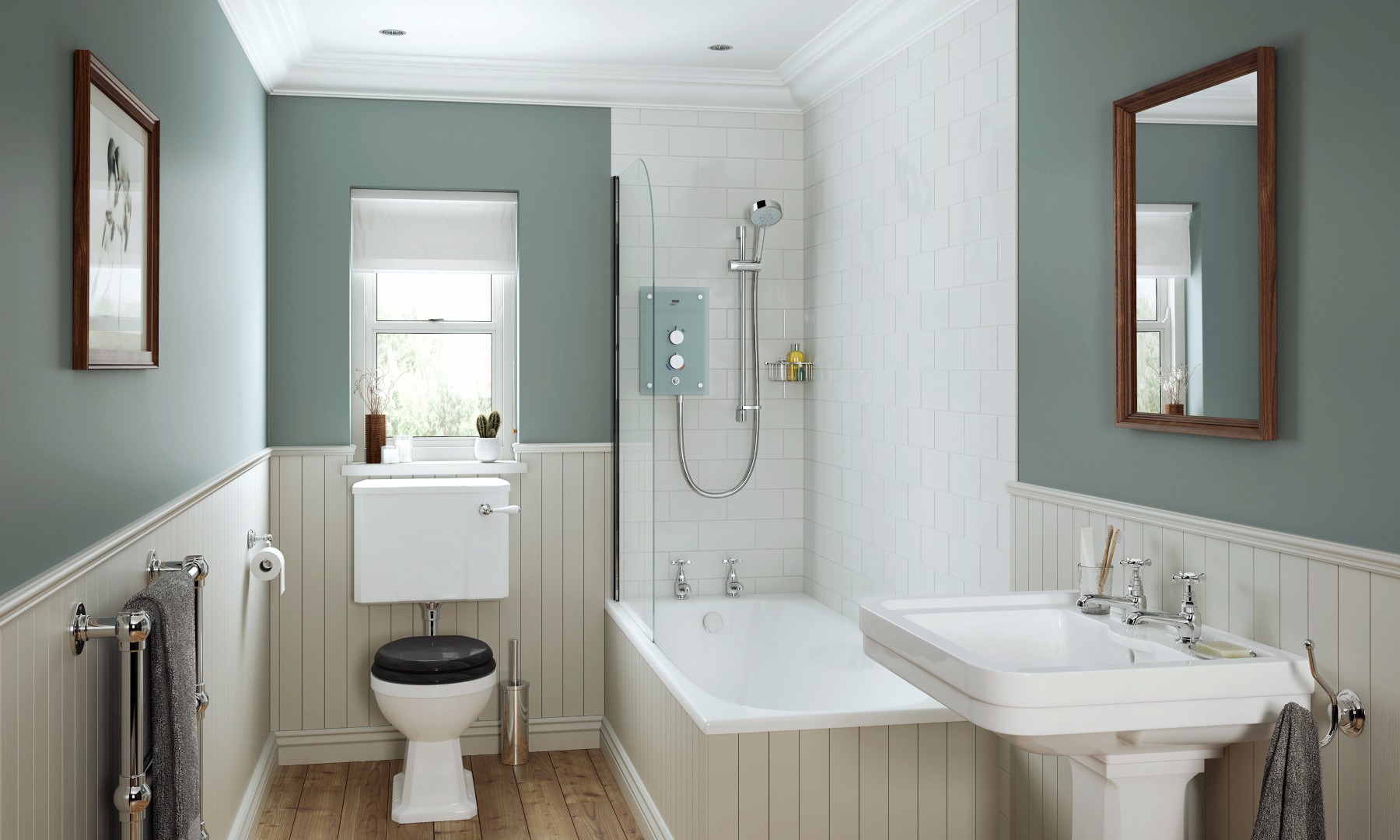When Rachel bought her first home, she knew the bathroom would be her first renovation project. The outdated design—complete with cracked, beige linoleum floors—made the space feel drab and unwelcoming. After spending countless hours on Pinterest and visiting tile stores, she fell in love with a classic black-and-white hexagon tile pattern, reminiscent of the 1920s. The idea of walking into a fresh, stylish bathroom every morning motivated her to take on the project. Yet, as she soon discovered, choosing the right bathroom floor tile involved more than just picking a pretty pattern. Between durability, slip resistance, and material choices, Rachel quickly realized that selecting the perfect tile for her bathroom was going to be one of the most important—and challenging—decisions of the entire renovation process.
Like Rachel, many homeowners face a multitude of decisions when selecting bathroom floor tiles. With the endless variety of materials, patterns, colors, and textures available, it can be overwhelming to know where to begin. However, by understanding the key considerations—such as durability, water resistance, and design trends—you can make an informed choice that combines functionality with aesthetic appeal. In this article, we’ll explore the different types of bathroom floor tiles, the latest design trends, and tips for choosing the best tile for your bathroom, all backed by statistics and expert insights.
The Importance of Choosing the Right Bathroom Floor Tile
Bathroom floors endure constant exposure to water, humidity, and frequent foot traffic. As such, the material you choose for your bathroom floor must be not only beautiful but also durable, water-resistant, and easy to maintain. According to a 2022 study by the National Kitchen and Bath Association (NKBA), 65% of bathroom renovation budgets go toward materials and fixtures, with flooring being one of the most significant investments. The wrong choice of tile can lead to issues like water damage, slipping hazards, or costly repairs down the road.
Additionally, the bathroom is a personal sanctuary in many homes—a place for relaxation, grooming, and retreat. A beautifully designed bathroom floor can elevate the space, making it not only more functional but also visually appealing. Given that bathroom remodels can offer a return on investment (ROI) of 60-70%, according to Zillow, choosing the right tile can also add value to your home, making it a critical decision in any renovation project.
Types of Bathroom Floor Tiles
When it comes to bathroom floor tiles, there are several popular materials to choose from, each with its own set of benefits and drawbacks. Here are the most common types of bathroom floor tiles to consider:
1. Ceramic Tile
Ceramic tile is one of the most popular choices for bathroom flooring due to its affordability, versatility, and ease of maintenance. Made from clay that is fired in a kiln, ceramic tiles come in a wide range of colors, shapes, and finishes. Glazed ceramic tiles are especially suitable for bathrooms as they are water-resistant and easy to clean.
According to HomeAdvisor, ceramic tiles cost between $1 to $7 per square foot, making them a budget-friendly option for most homeowners. They are durable enough to withstand daily wear and tear and can last for decades with proper care. However, ceramic tiles can be slippery when wet, so it’s important to choose a tile with a textured or matte finish to improve traction.
2. Porcelain Tile
Porcelain tiles are a type of ceramic tile, but they are made from denser clay and fired at higher temperatures, making them even more durable and water-resistant. Because of their low porosity, porcelain tiles are ideal for high-moisture environments like bathrooms. In fact, porcelain is often chosen for wet areas such as showers and around bathtubs.
Porcelain tiles are available in an array of designs, including options that mimic the look of natural stone, wood, or concrete, providing a high-end aesthetic without the maintenance challenges. Houzz reports that porcelain tiles are the top choice for 45% of homeowners renovating their bathrooms, largely due to their durability and luxurious look. However, porcelain tiles tend to be more expensive than ceramic, ranging from $3 to $12 per square foot.
3. Natural Stone Tile
For a luxurious and timeless feel, natural stone tiles such as marble, slate, or travertine are a popular choice. Stone tiles bring an organic, textured look to a bathroom and are available in a variety of finishes, from polished to honed. Each stone has its own unique qualities: marble offers a classic, elegant appearance, while slate provides a more rugged, natural texture.
However, natural stone tiles require more maintenance than ceramic or porcelain, as they are porous and can absorb water if not properly sealed. Regular sealing is necessary to prevent staining and water damage. Additionally, natural stone tiles are typically more expensive, with prices ranging from $5 to $15 per square foot, according to Lowe’s. Despite the cost and maintenance, many homeowners opt for natural stone because of its beauty and durability.
4. Vinyl Tile
Vinyl tile has come a long way in recent years and is now considered a viable option for bathroom flooring due to its affordability, water resistance, and ease of installation. Vinyl tiles are made from PVC plastic and are available in a variety of styles, including designs that mimic the appearance of wood or stone.
One of the biggest advantages of vinyl is its comfort underfoot, as it tends to feel warmer and softer than ceramic or porcelain. This makes it a good choice for homeowners who prioritize comfort and want a budget-friendly alternative. Vinyl is also extremely durable and resistant to water, making it a good option for busy households. According to The Spruce, vinyl flooring can cost as little as $2 to $5 per square foot, making it an economical choice for bathroom remodels. However, it may not offer the same luxurious appeal as natural stone or high-end porcelain.
5. Glass Tile
Glass tiles are typically used as accents in bathrooms, such as in backsplashes or shower walls, but they can also be used on the floor in some cases. They offer a unique, reflective surface that can make a small bathroom appear larger and brighter. Glass tiles are also non-porous, meaning they won’t absorb water and are easy to clean.
However, glass tile can be slippery when wet, so it’s important to choose textured or frosted varieties if you plan to use it on the floor. Additionally, glass tile tends to be more expensive, costing between $7 and $30 per square foot, according to HomeAdvisor. While it may not be the most practical choice for all floors, it can add a stunning, decorative element when used strategically.
Design Trends in Bathroom Floor Tile
The world of bathroom design is constantly evolving, and floor tiles are no exception. Here are some of the top trends in bathroom floor tiles that are making waves in 2023:
1. Patterned Tiles
One of the hottest trends in bathroom flooring right now is the use of bold, patterned tiles. Whether it’s a classic Moroccan-inspired design or a modern geometric pattern, these tiles add personality and a focal point to the bathroom. According to a 2023 report by House Beautiful, patterned tiles were one of the most-requested features in bathroom renovations, with hexagon, herringbone, and encaustic designs being particularly popular.
Patterned tiles are often used to create a statement floor, transforming the bathroom from a functional space into an artistic one. Homeowners love using black-and-white patterns to evoke a vintage feel or opting for colorful designs that make the floor the star of the room.
2. Wood-Look Tiles
While hardwood is rarely used in bathrooms due to its susceptibility to moisture, wood-look tiles offer the same warm, inviting look without the risks. Porcelain and ceramic tiles that mimic the appearance of wood are growing in popularity, providing the aesthetic of wood with the durability of tile. Tile Magazine reports that wood-look tiles accounted for 30% of tile sales in 2022, with bathroom applications driving much of that demand.
These tiles are available in a variety of finishes, from weathered, rustic planks to sleek, modern designs, allowing homeowners to create any look they desire. The wood-like texture also adds warmth to the bathroom, balancing out the cold feel of tile.
3. Large-Format Tiles
Gone are the days when small tiles were the only option for bathroom floors. Large-format tiles, typically measuring 12 x 24 inches or larger, have become increasingly popular for creating a sleek, seamless look. Larger tiles reduce the number of grout lines, which not only gives the bathroom a more polished appearance but also makes cleaning easier. According to Interior Design Today, large-format tiles are especially popular in contemporary bathroom designs, where minimalism and clean lines are key.
Choosing the Right Tile for Your Bathroom
When selecting the best tile for your bathroom, there are several factors to consider:
1. Slip Resistance
Because bathrooms are wet environments, slip resistance is a crucial factor when choosing floor tiles. The American National Standards Institute (ANSI) recommends selecting tiles with a coefficient of friction (COF) of 0.42 or higher for slip resistance in wet areas. Many tile manufacturers provide this information on their products, so it’s important to review the specs before making a purchase.
2. Durability
Given the high foot traffic and exposure to water in bathrooms, durability is key. Porcelain and ceramic tiles are generally the most durable, but if you’re considering natural stone, make sure it’s properly sealed to prevent damage. According to Consumer Reports, porcelain is considered one of the most durable materials for bathroom floors, often outlasting other options by several years.
3. Budget
Bathroom floor tile prices can vary widely depending on the material, brand, and design. While natural stone and custom patterns may be on the higher end, ceramic, porcelain, and vinyl tiles offer more affordable options without sacrificing durability or style. Balancing your aesthetic desires with your budget will ensure you get the most value for your investment.
Conclusion
Choosing the perfect bathroom floor tile is about finding the balance between durability, aesthetics, and functionality. Whether you’re drawn to the timeless appeal of porcelain, the luxury of natural stone, or the budget-friendly practicality of vinyl, there is a wide variety of options available to suit every style and need. By considering key factors like slip resistance, maintenance, and design trends, you can make an informed decision that will elevate your bathroom’s look and feel, just like Rachel did when she transformed her outdated space into a modern, elegant retreat.
You may also read
How Much Do You Lose Selling a House As Is












 Afrikaans
Afrikaans Shqip
Shqip አማርኛ
አማርኛ العربية
العربية Հայերեն
Հայերեն Azərbaycan dili
Azərbaycan dili Euskara
Euskara Беларуская мова
Беларуская мова বাংলা
বাংলা Bosanski
Bosanski Български
Български Català
Català Cebuano
Cebuano Chichewa
Chichewa 简体中文
简体中文 繁體中文
繁體中文 Corsu
Corsu Hrvatski
Hrvatski Čeština
Čeština Dansk
Dansk Nederlands
Nederlands English
English Esperanto
Esperanto Eesti
Eesti Filipino
Filipino Suomi
Suomi Français
Français Frysk
Frysk Galego
Galego ქართული
ქართული Deutsch
Deutsch Ελληνικά
Ελληνικά ગુજરાતી
ગુજરાતી Kreyol ayisyen
Kreyol ayisyen Harshen Hausa
Harshen Hausa Ōlelo Hawaiʻi
Ōlelo Hawaiʻi עִבְרִית
עִבְרִית हिन्दी
हिन्दी Hmong
Hmong Magyar
Magyar Íslenska
Íslenska Igbo
Igbo Bahasa Indonesia
Bahasa Indonesia Gaeilge
Gaeilge Italiano
Italiano 日本語
日本語 Basa Jawa
Basa Jawa ಕನ್ನಡ
ಕನ್ನಡ Қазақ тілі
Қазақ тілі ភាសាខ្មែរ
ភាសាខ្មែរ 한국어
한국어 كوردی
كوردی Кыргызча
Кыргызча ພາສາລາວ
ພາສາລາວ Latin
Latin Latviešu valoda
Latviešu valoda Lietuvių kalba
Lietuvių kalba Lëtzebuergesch
Lëtzebuergesch Македонски јазик
Македонски јазик Malagasy
Malagasy Bahasa Melayu
Bahasa Melayu മലയാളം
മലയാളം Maltese
Maltese Te Reo Māori
Te Reo Māori मराठी
मराठी Монгол
Монгол ဗမာစာ
ဗမာစာ नेपाली
नेपाली Norsk bokmål
Norsk bokmål پښتو
پښتو فارسی
فارسی Polski
Polski Português
Português ਪੰਜਾਬੀ
ਪੰਜਾਬੀ Română
Română Русский
Русский Samoan
Samoan Gàidhlig
Gàidhlig Српски језик
Српски језик Sesotho
Sesotho Shona
Shona سنڌي
سنڌي සිංහල
සිංහල Slovenčina
Slovenčina Slovenščina
Slovenščina Afsoomaali
Afsoomaali Español
Español Basa Sunda
Basa Sunda Kiswahili
Kiswahili Svenska
Svenska Тоҷикӣ
Тоҷикӣ தமிழ்
தமிழ் తెలుగు
తెలుగు ไทย
ไทย Türkçe
Türkçe Українська
Українська اردو
اردو O‘zbekcha
O‘zbekcha Tiếng Việt
Tiếng Việt Cymraeg
Cymraeg isiXhosa
isiXhosa יידיש
יידיש Yorùbá
Yorùbá Zulu
Zulu